The Tesla stock conundrum is a complex puzzle, marked by a sharp decline that has seen the electric vehicle giant’s shares hit a new 52-week low. This downward spiral, fueled by factors such as CEO Elon Musk’s massive share sale, persistent quality control issues, rising production costs, and market challenges in China, has left investors and market analysts seeking to unravel the underlying causes and potential future trajectory of Tesla’s stock performance.
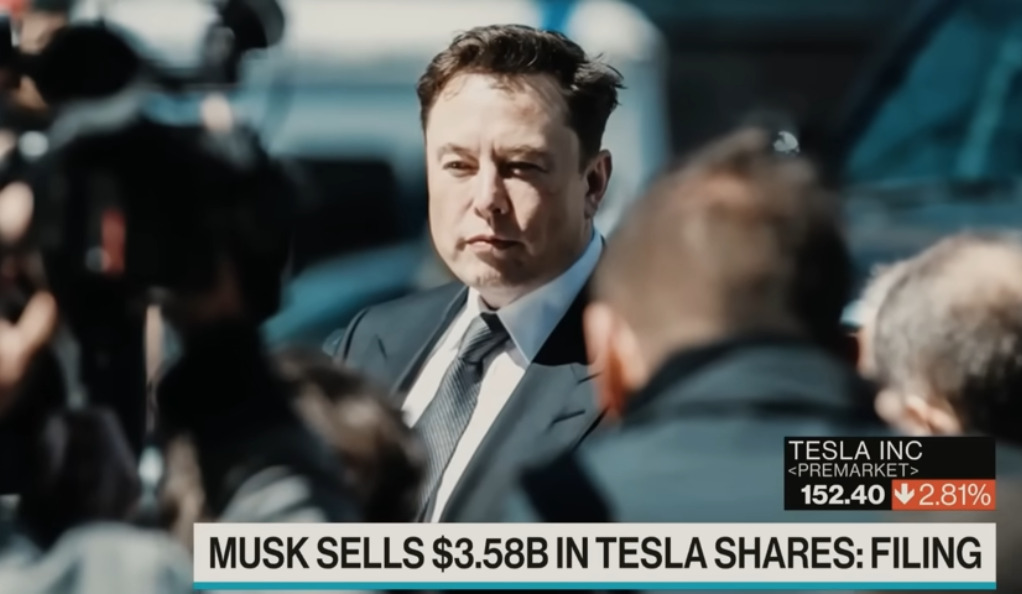
Contents
- 1 Prelude to the Storm
- 2 The Musk Maneuver: Unpacking the Billion-Dollar Sale
- 3 Quality Control: Tesla’s Persistent Challenge
- 4 The Great Wall: Tesla’s Battle in China
- 5 The Musk Paradox: A Double-Edged Sword
- 6 Margin Debt and Market Volatility: Navigating the Storm
- 7 Conclusion: Steering Through the Tesla Stock Turbulence
Prelude to the Storm
In the volatile landscape of stock trading, fortunes can shift rapidly. Currently, the electric vehicle titan, Tesla, finds itself in the midst of a financial tempest. The company’s stock has nosedived to a new 52-week low, eroding 55% of its value within this year. This downward trajectory has been further fueled by Elon Musk’s recent divestment of Tesla shares worth an eye-watering $3.6 billion. But what are the underlying currents driving this decline? Let’s embark on a journey to unravel the mystery.
The Musk Maneuver: Unpacking the Billion-Dollar Sale
Elon Musk, the enigmatic and often divisive CEO of Tesla, recently liquidated a portion of Tesla shares amounting to nearly $3.6 billion. This move is predicted to exert additional downward pressure on the stock. But what motivated Musk to sell his own company’s shares? And how does this affect the stock’s valuation?

Musk’s decision to sell his shares has left investors and analysts puzzled. Some speculate that it could be a strategic move to diversify his assets, while others suggest it could be a response to potential changes in tax laws. Regardless of the reason, the sale has undoubtedly added to the downward pressure on Tesla’s stock, contributing to its recent decline.
Quality Control: Tesla’s Persistent Challenge
Tesla has been battling with quality control issues for some time. From paint imperfections to malfunctioning autopilot systems, these problems have cast doubt on the company’s ability to maintain high standards while scaling production. How are these quality control issues impacting Tesla’s stock? And what measures is the company taking to rectify them?
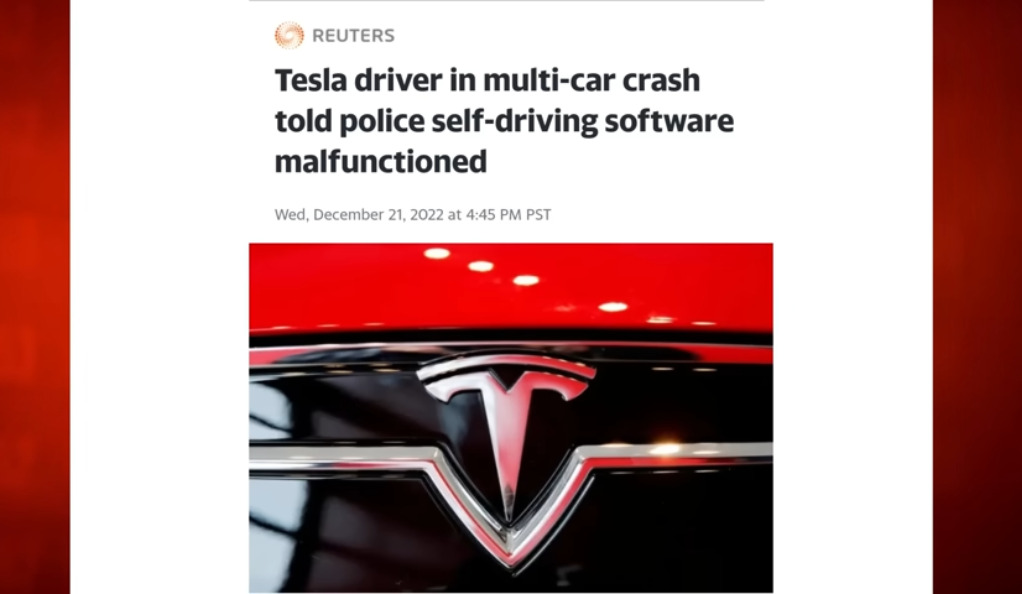
Quality issues have been a persistent challenge for Tesla, impacting its reputation and customer satisfaction. These issues have also raised concerns among investors, contributing to the downward pressure on the stock. In response, Tesla has been investing in quality control measures and addressing customer complaints, but it remains to be seen how effective these efforts will be in the long run.
The Great Wall: Tesla’s Battle in China
China represents a crucial battleground for Tesla, but it also presents a host of formidable challenges. From homegrown rivals like NIO and Xpeng to regulatory roadblocks, Tesla’s journey in China is fraught with obstacles. This segment will explore how these challenges are affecting Tesla’s stock and the company’s strategies for navigating the Chinese market.
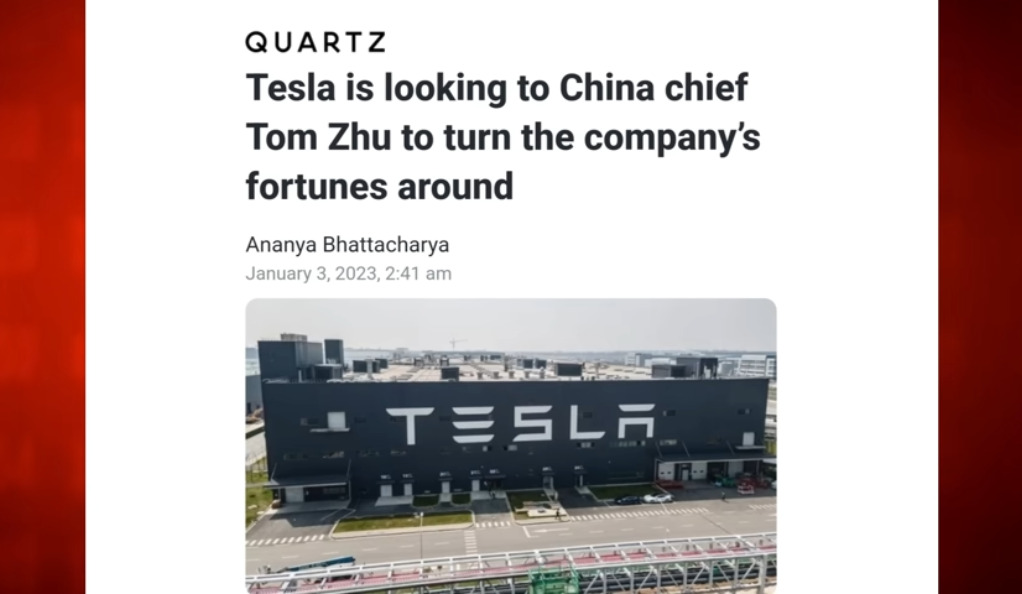
China’s electric vehicle market is highly competitive, with local companies like NIO and Xpeng offering stiff competition. Additionally, regulatory challenges and geopolitical tensions have added to Tesla’s woes in China. These factors have created uncertainty about Tesla’s future in the Chinese market, contributing to the volatility of its stock.
The Cost Conundrum: Rising Production Expenses
The cost of raw materials plays a pivotal role in the production of electric vehicles. With the prices of key inputs such as lithium and cobalt skyrocketing, Tesla’s production costs are on an upward trajectory. This segment will scrutinize the impact of rising production costs on Tesla’s stock and how the company is mitigating these costs.
Rising input costs have been a growing concern for Tesla, impacting its profit margins and financial performance. These costs are largely driven by the increasing prices of key materials like lithium and cobalt, which are essential for electric vehicle production. In response, Tesla has been exploring ways to reduce its dependence on these materials and improve its cost efficiency.
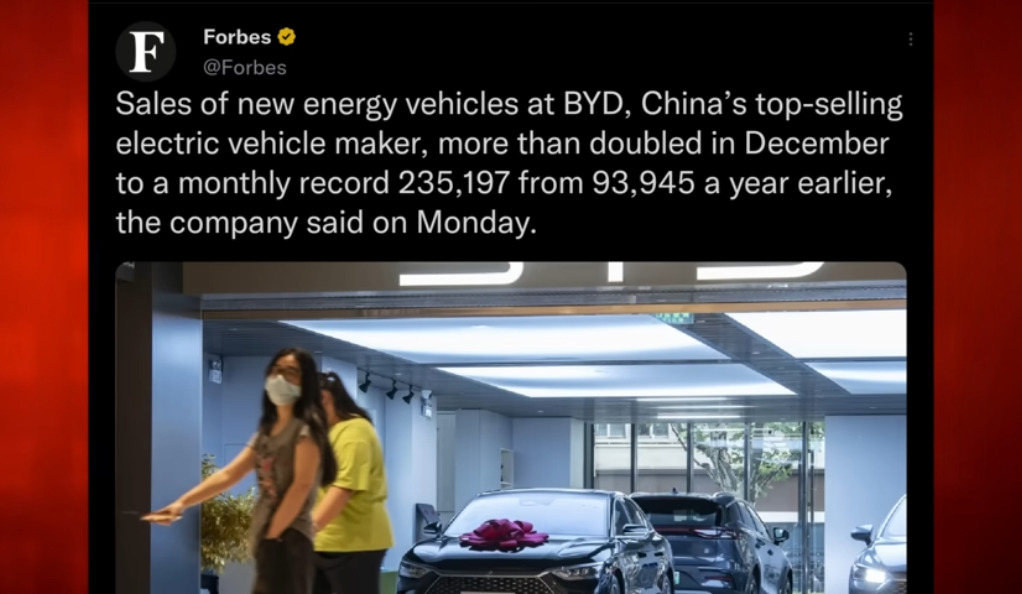
The Oversupply Dilemma: Striking a Balance
Oversupply is another issue that Tesla is wrestling with. As the company boosts production, it must also manage the risk of oversupply, which can lead to price reductions and diminished profit margins. This segment will discuss the repercussions of oversupply for Tesla’s stock and the company’s strategies for maintaining equilibrium between supply and demand.
As Tesla ramps up production to meet the growing demand for electric vehicles, it faces the risk of oversupply. This could lead to price cuts, which would impact Tesla’s profit margins and financial performance. To manage this risk, Tesla needs to carefully balance its production levels with market demand, a task that is easier said than done.
The Musk Paradox: A Double-Edged Sword
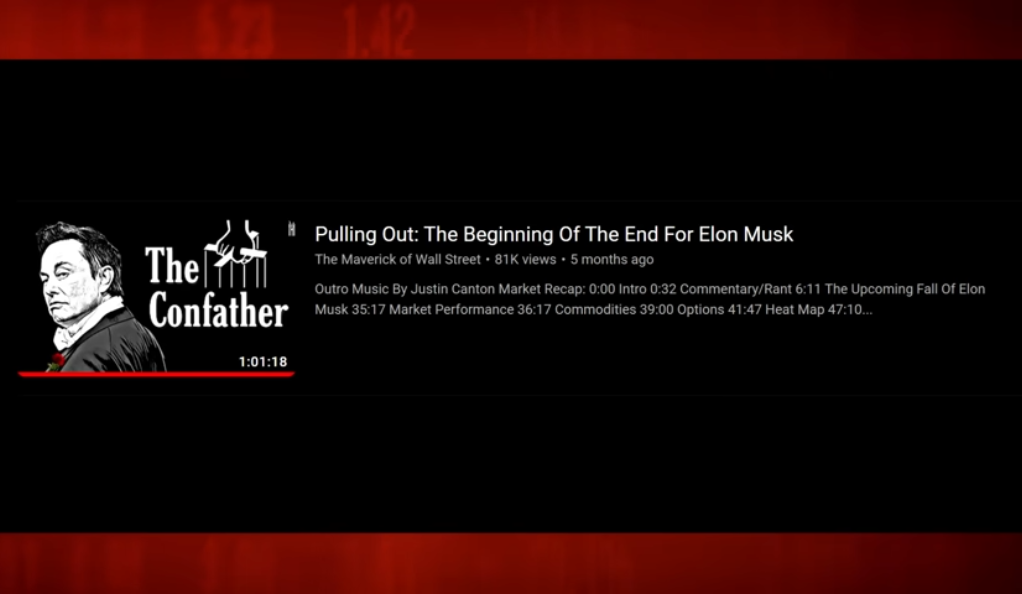
Elon Musk is a central figure in Tesla’s narrative. His vision and leadership have propelled the company to great heights, but his controversial actions and remarks have also posed challenges. This segment will explore the impact of the “Musk Paradox” on Tesla’s stock and the broader implications for the company’s brand.
Musk’s leadership has been a key driver of Tesla’s success, but his controversial actions and statements have also created challenges. These controversies have created uncertainty about Tesla’s future, contributing to the volatility of its stock. Despite these challenges, Musk remains a key asset for Tesla, and his vision and leadership will continue to shape the company’s future.
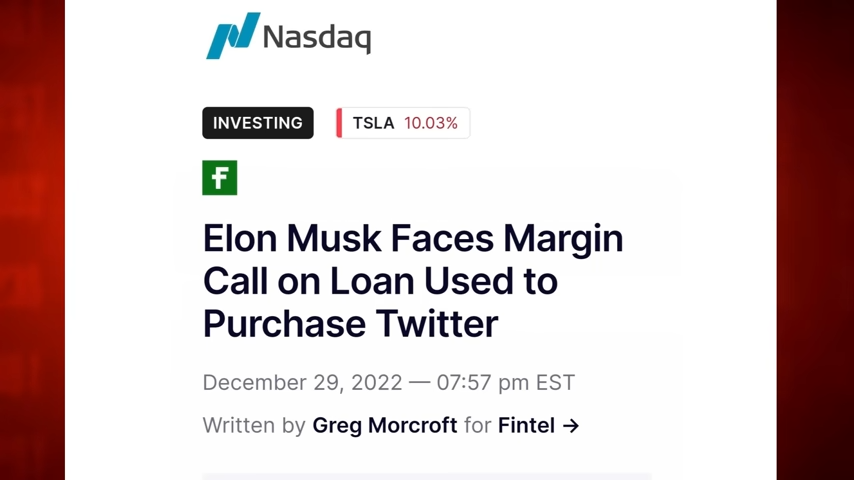
In a volatile stock market, resorting to margin debt can be a perilous strategy. This segment will delve into the risks associated with margin debt and provide guidance for investors contemplating this approach. It will also offer tips for managing risk in a volatile market, emphasizing the importance of maintaining a cash reserve.
Using margin debt to invest in a volatile stock like Tesla can be risky. If the stock price falls, investors could face significant losses. Therefore, it’s important for investors to understand the risks of margin debt and to have a clear strategy for managing these risks. One key strategy is to keep cash on hand to cover potential losses and to take advantage of investment opportunities.
The Road Ahead: Weathering the Tesla Stock Storm
Investing in Tesla’s stock is not a task for the faint-hearted. With a multitude of factors contributing to the stock’s downward trend, investors need to be well-versed and prepared for volatility. However, for those who have faith in Tesla’s long-term potential, these challenges could present opportunities. As with any investment, the key lies in understanding the risks, managing them effectively, and making decisions based on a comprehensive analysis of the company and the market.
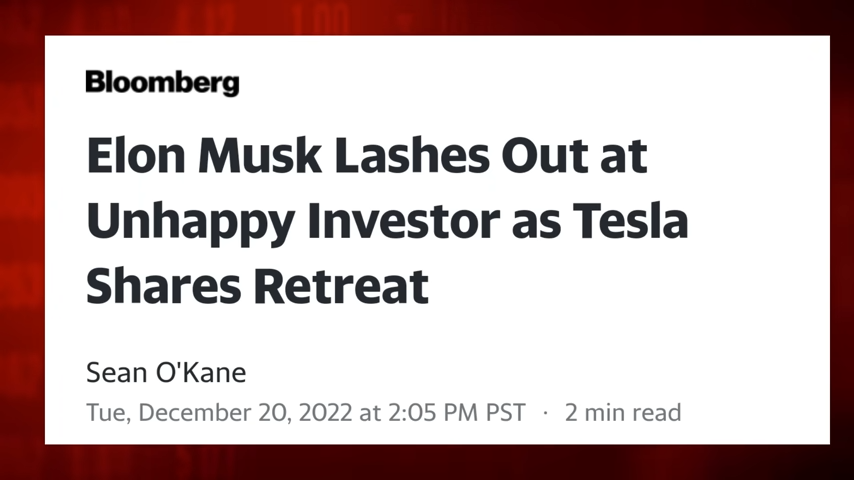
Despite the current challenges, many investors remain optimistic about Tesla’s long-term potential. They believe that the company’s innovative products and strong brand will enable it to overcome these challenges and achieve long-term success. However, this optimism should be tempered with a realistic assessment of the risks and a clear strategy for managing these risks.
Conclusion: Steering Through the Tesla Stock Turbulence
The Tesla stock turbulence serves as a stark reminder of the inherent risks and rewards of investing. Whether you’re a seasoned investor or a novice, navigating this turbulence requires careful planning, a clear strategy, and a steady hand. So strap in, keep your eyes on the horizon, and brace yourself for the journey ahead.
Investing in Tesla’s stock is like embarking on a thrilling but unpredictable journey. It’s a journey that requires courage, resilience and a keen understanding of the market dynamics. But for those who are prepared to weather the storm, it could also be a journey filled with exciting opportunities and potential rewards.
Ainu Token aims to offer impartial and trustworthy information on cryptocurrency, finance, trading, and shares. However, we don't provide financial advice and recommend users to conduct their own studies and thorough checks.

Comments (No)